"April 6 (Reuters ) - The pursuit of natural resources to
keep U.S. cars and homes running can be a dangerous task, even
in a country with a slate of safety regulations. Here is a look at mining and refinery disasters that have
rocked the United States in past years. For a graphic on U.S. occupational fatalities by industry,
click on: link.reuters.com/qup66j * April 5, 2010 [ID:nN06200853] - An explosion at the Upper
Big Branch Mine in Montcoal, West Virginia, leaves at least 25
miners dead and four remain missing. It is the deadliest U.S.
mining disaster since 1984. According to federal records, the coal mine owned by Massey
Energy (MEE.N) has had a worse-than-average injury rate over
the last 10 years with three fatalities since 1998. * April 2, 2010 [ID:nN05192907] - Four workers died in a
fire at Tesoro Corp's (TSO.N) refinery in Anacortes,
Washington. A catastrophic failure of a heat exchanger in the
highly flammable naphtha unit of the plant is believed to have
started the blaze. It is the worst refinery accident since
March 2005. * March 2, 2010 [ID:nN02195856] - A fire on an asphalt
tank under construction killed two workers at Holly Corp's
(HOC.N) Navajo refinery in Artesia, New Mexico. * July 18, 2008 - Four workers at Lyondell Basell's
[ACCELC.UL] Houston refinery died when one of the country's
largest mobile cranes collapsed. The crane was 30 stories tall
and could lift 1 million lbs before it fell over. * August 6-16, 2007 - Six miners were killed when the
Crandall Canyon mine in Huntington, Utah, collapsed. The mine's
owner insisted an earthquake caused the cave-in, but it was
later found that insufficient pillar support and taking more
coal than allowed from certain areas led to the collapse. Ten days later, a subsequent collapse killed three rescue
workers. The U.S. government levied a $1.85 million fine
against the mine owned by a subsidiary of Murray Energy, the
highest penalty to date for coal mine safety violations. * May 20, 2006 - An explosion at the Darby No. 1 mine in
Millsboro, Kentucky, left five miners dead. The blast was
caused by a methane leak in the coal mine. * Jan. 2, 2006 - Twelve miners died after an explosion in
the Sago mine, run by International Coal Group (ICO.N), in
Buckhannon, West Virginia. The company permanently closed the
mine last year. The Sago disaster prompted passage of the Mine Improvement
and New Emergency Response (MINER) Act, which tightened safety
regulations and called for wireless communications systems and
rescue chambers underground with emergency apparatus. * Nov. 5, 2005 - Two workers died at Valero Energy Corp's
(VLO.N) Delaware City, Delaware, refinery. The workers were
asphyxiated inside a nitrogen-filled confined space. * March 23, 2005 - A fire at BP Plc's (BP.L) Texas City,
Texas, refinery killed 15 workers and injured 180. An
investigation found numerous safety violations, for which the
company paid $21.3 million in penalties and underwent
corrective actions to improve safety. * Sept. 23, 2001 - Two gas explosions at the Jim Walter No.
5 mine in Brookwood, Alabama, killed 13 coal miners. A pocket
of methane gas was ignited when falling rock hit a battery
charger. Ventilation shafts damaged from the first explosion
likely led to the trapped methane that caused the second
explosion 45 minutes later. * Dec. 7, 1992 - An explosion at the Southmountain Coal
Company's No. 3 mine in Norton, Virginia, was tied to
underground smoking. The mine operator violated ventilation
requirements, leading to a build up of methane that was ignited
by a cigarette lighter. The blast killed eight miners and began
the push to ban smoking in underground mines. * Dec. 19, 1984 - A fire in the Willberg mine, owned by
Emery Mining Corp, in Orangeville, Utah, trapped and killed 27
coal miners. (Compiled by Jasmin Melvin; Editing by Lisa Shumaker)"
Link: http://www.reuters.com/article/idUSN0622076720100406
Tuesday, April 6, 2010
FACTBOX (Reuter's): Perils of U.S. energy production
Subscribe to:
Post Comments (Atom)

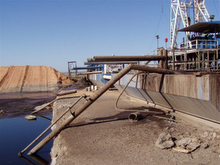



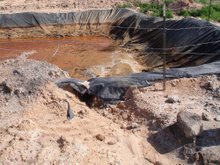

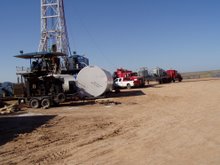
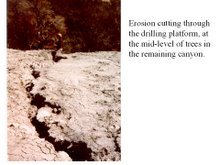
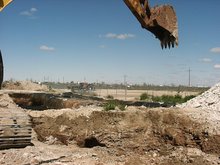
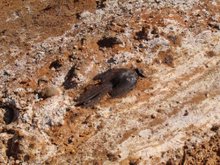
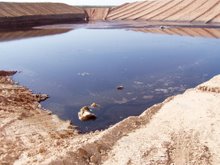
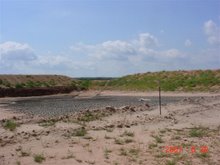
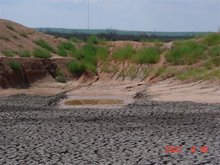
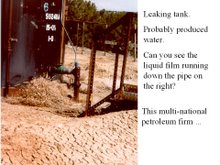
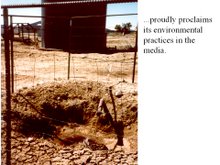
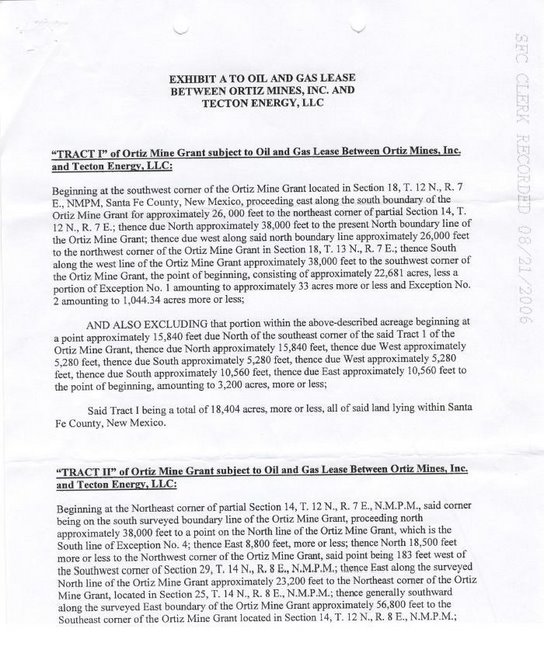
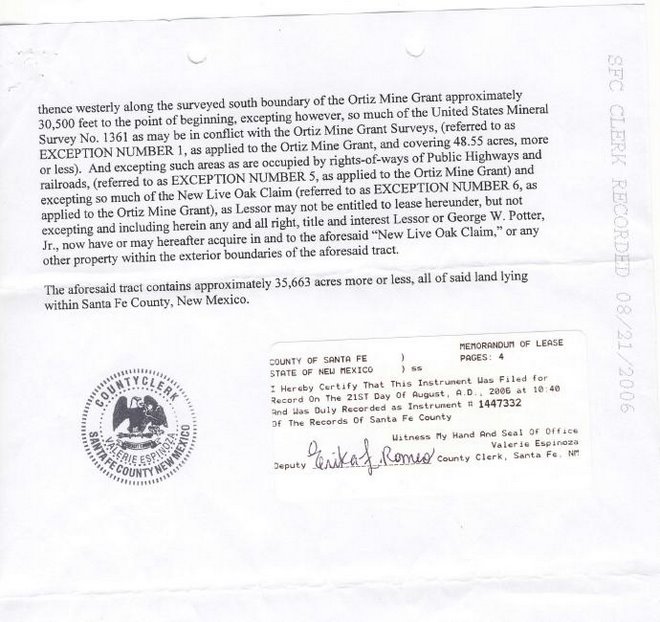
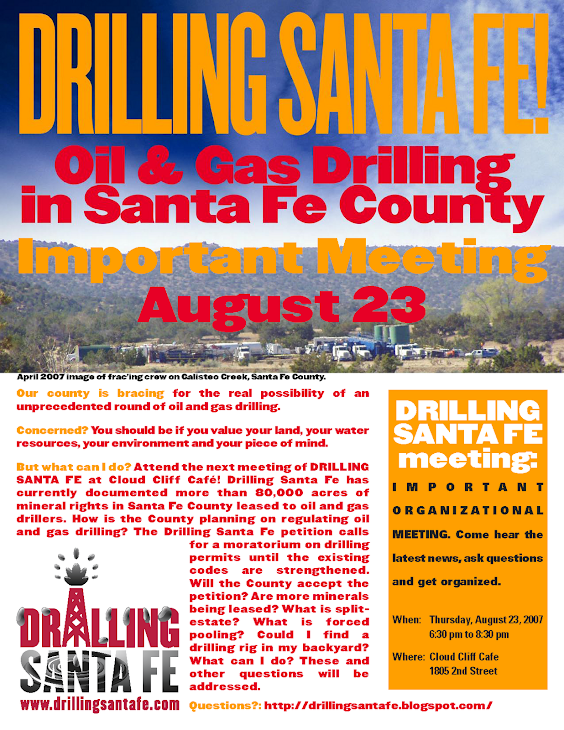

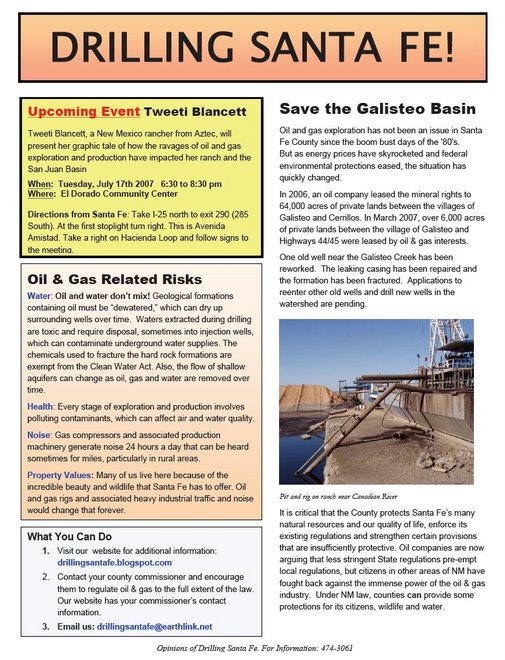

No comments:
Post a Comment